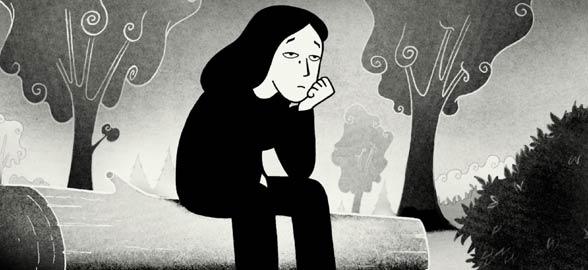

Ezzatikarami and Ameri emphasize that many critics claim that Persepolis “has significantly released Iran from the confines of oddities attributed to the East” (122). Moreover, Satrapi’s work has attracted researchers from various fields to draw attention to comic books as a source of knowledge about the world and society. In particular, this experience has shaped the genre of comic books about migrants, which, however, cannot be compared with the initial success of Persepolis. In particular, Satrapi managed to shape a new area of non-Western comics about social justice, war, and revolution (Naghibi and O’Malley 307). Persepolis is a phenomenon in the world of comic books, as it is a precedent for the development of this trend in the Middle East. After an unsuccessful marriage at home and receiving a bachelor’s degree, Satrapi leaves for France, where he lives permanently. However, disillusioned with a freer European life, she decides to return to Iran. In the West, she gains a new experience that opens the life of people from the other side for her.

Persepolis 2 tells about the author’s life in Vienna and her return to Iran. At the end of the first volume, parents send their fourteen-year-old daughter to Austria in the hope of insulating her from the reality of her home country. In particular, young Marji contemplates the tortures of political dissidents and the dramatic events of the Iran-Iraq war. The girl’s childhood passes through a difficult political period when she is experiencing the loss of friends and relatives. Her family belongs to the upper-middle class of society and the left political wing. The plot of the story focuses on Marjane herself, whom family and friends call Marji.


 0 kommentar(er)
0 kommentar(er)
